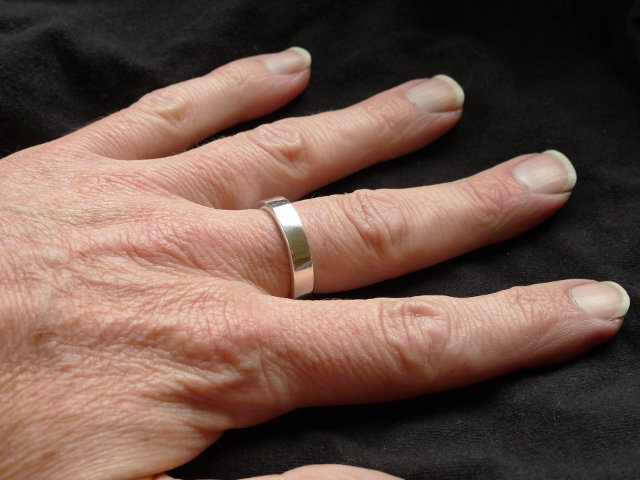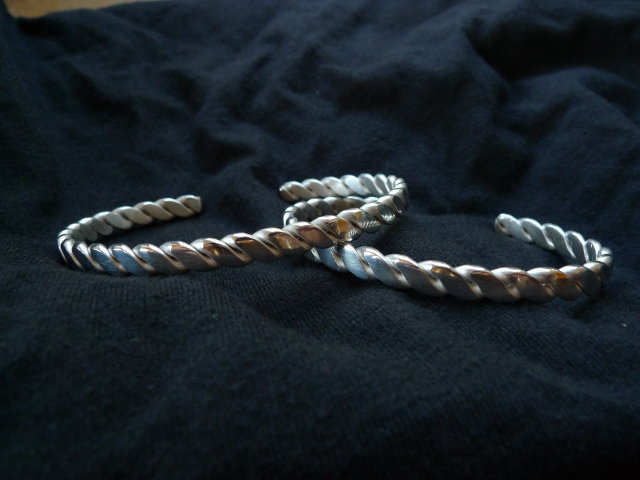Published at 10:29 on 12 January 2014
Ahh, fire. I’ve always been fascinated by it and it would be dishonest to deny that part of the attraction of experimenting with jewelry making is that it will involve using fire.
Professional-grade jewelers’ torches all tend to have two problems: First, the price. It’s justifiable to spend hundreds of dollars on a tool you will be using daily to earn your living. It’s far more difficult to justify the expense for one hobby out of many. Second, the gas or gasses. There’s basically two options: propane and oxygen or acetylene and air. The first requires a large high-pressure oxygen tank of the sort that’s banned in most residential strictures. The second requires an acetylene tank, which is also typically banned by fire codes. You need a dedicated studio space to use each. Again, that’s a completely reasonable expense if jewelry is your business, but hard to justify if it’s just a hobby.
The alternative generally recommended for the rest of us are small butane torches of the sort used by chefs to caramelize crème brûlée. The trouble with those is that the fuel supply is in the handle of the torch. Note I said “fuel supply” and not “gas supply”; the butane is actually a liquid under pressure. That’s significant, because if you fail to hold the torch sufficiently upright, the liquid will get into the torch nozzle and either cause a surge of flame or make the torch go out.
I’ve used such torches before and I’ve found it awkward to be forced to always hold the torch upright. I want the freedom to hold the torch head at whatever angle best suits me, and that means using a torch with a hose between the fuel supply and the head.
Thankfully, there’s a third option out there: the Orca Torch, sometimes marketed as the “E-Z Torch” or the “Whale Torch”. It doesn’t require bottled oxygen and it can run on the same sort of disposable propane cylinders my Coleman camp stove uses, which can be purchased at my local hardware store. It’s not as good as a professional jewlers’ torch, but it’s good enough for me. And the hose lets me wield it at whatever angle is most natural.
One word of caution: there’s lots of bait-and-switch artists out there who will sell you less than a complete torch outfit. In order to have an Orca Torch you can actually use, you need all of: the torch head, a set of three nozzles, a hose, and an adapter to let you connect the hose to either a refillable tank or a disposable cylinder.
The link above is from a company whose page for the torch lists the complete outfit and which openly says that you need to order a tank adapter as well. It’s the source I chose for the torch, because of their evident honesty.
There is another torch option you may run across at your local hardware store, such as this item. The problem is that oxygen’s boiling point is very low, so unlike with propane, you can’t hold it as a liquid under a relatively low pressure; only a limited amount of compressed oxygen gas can be stored in a thin-walled disposable cylinder. Thus, these torches are best avoided for the simple reason that the disposable oxygen cylinders they use need very frequent (as in every 8 minutes of torch use) replacement.
 This is the eventual result of my having melted down scrap silver on the carbon block (see most recent post). That, plus a lot of forging and a fair bit of finishing.
This is the eventual result of my having melted down scrap silver on the carbon block (see most recent post). That, plus a lot of forging and a fair bit of finishing.
